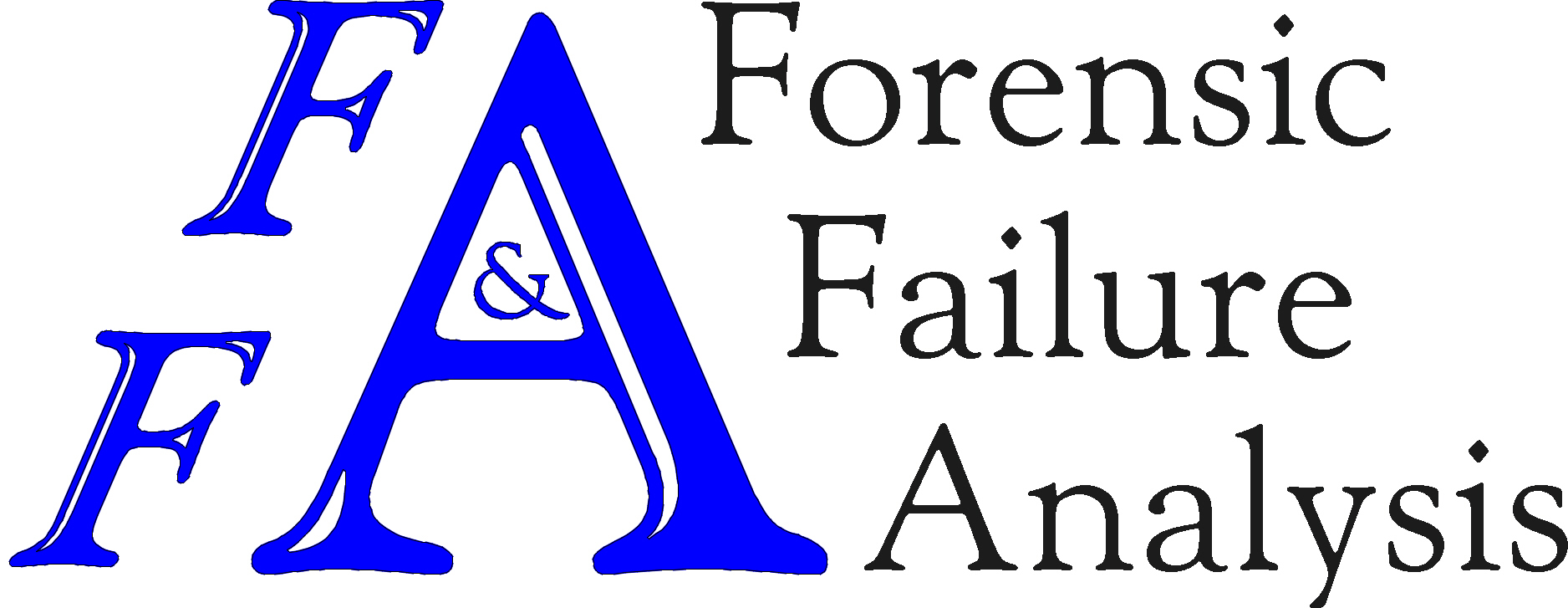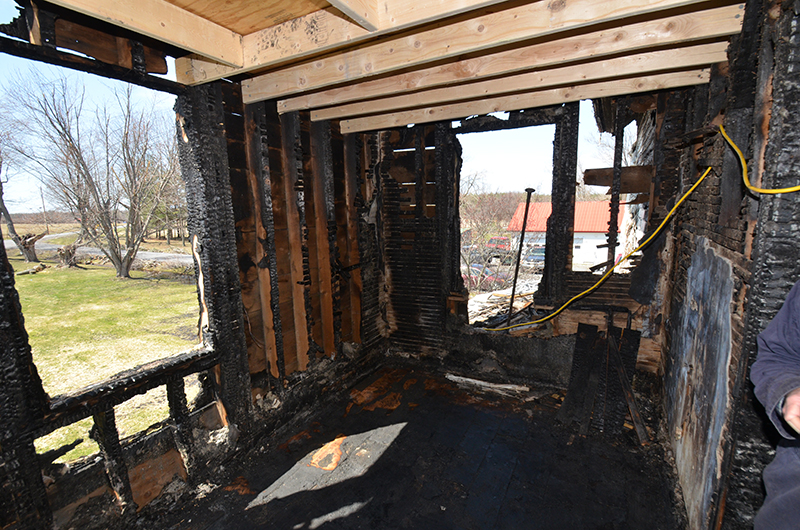Fire Loss
Fire Loss for Insurance & Legal Cases
Fires are devastating occurrences that wreak havoc on residential or commercial occupants, often leaving them displaced for many months. However, a fire loss is far more than the damage from direct fire impingement! It is also damage from smoke, soot, water, and heat distortion that impacts a building structure.
Let Forensic Failure Analysis work to find the origin and the root cause of the fire loss, allowing us to help you with your insurance or legal case. We work quickly to get to the scene first, and then efficiently and accurately to obtain the necessary evidence before it is lost or destroyed.
We can provide technical support for:
- Root Cause Investigations
- Extent & Duration Findings
- Repair Advisement
- Depositions, Trials, & Testimonies
Why Work with FFA?
Experts at Forensic Failure Analysis have over 30 years of experience in determining the causes of residential and commercial fire losses across the Northeast United States. We use a team approach consisting of professionals who specialize in individual areas.
We are able to examine a fire loss from a mechanical, electrical, materials science, and structural standpoint with qualified, expert engineers in each sector.
Forensic Failure & Analysis is a sustained member of the International Association of Arson Investigators, New York State Chapter 23.
FFA Vice President and forensic engineer Scott Phillips is an IAAI-CFI and serves as an IAAI Chapter 23 Board member.
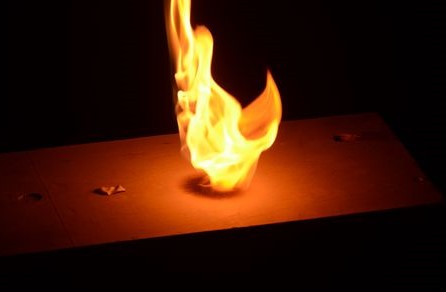
Our Process & Capabilities
FFA prides itself on quick response times. We realize that it is crucial to get to the scene as soon as possible to document the scene to preserve and collect evidence before changes are made or repairs are done. Our typical process includes the site exam, evidence collection, laboratory exam, research, testing, and a written report.

Site Exam
During the site exam, we will document the loss location and collect the physical evidence necessary to prove the cause of the specific fire loss. During this step, we consider every possible ignition source of the fire loss, and thereby eliminate all other possible sources of ignition. FFA will determine the exact source and failure mode. Our capabilities include:
- Site Reconstruction
- Video photography
- Drone photography
- Matterport photography (with partner company)
- On-site evidence storage in a secure facility

Research, Testing, & Evidence Examinations
While conducting our research & testing in the laboratory, we may conduct the following:
- Microscopic Examination
- Electrical Testing
- Thermal Testing
- X-ray Capture and analysis
- CT Scan analysis
- Material science
Flame Test of Natural Gas From An Open Pipe
This video shows a conducted flame test from an open pipe of natural gas-fueled fire causing repeated ignition of a wood surface.
Written Report (Upon Request)

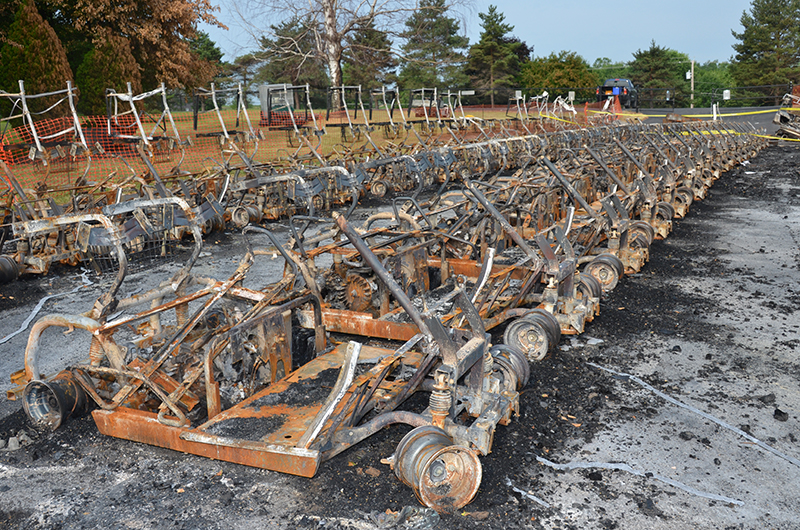
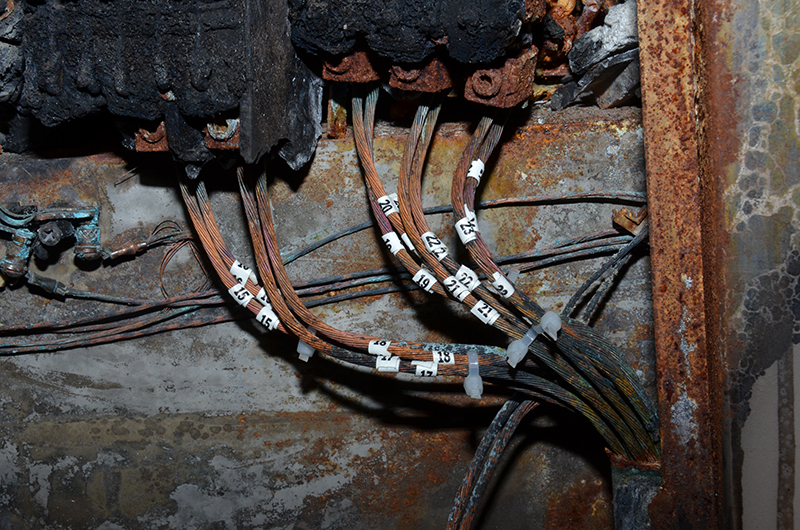
Fire Causation
There are many types of fire losses that can occur in both residential or commercial settings, whether in houses, apartments, businesses, factories, or other structures. All can have varying degrees of damage but it is important to determine the root cause before assessing the damage.
The following are common types of fire losses:
Building Wiring
Home Appliances
HVAC
Consumer Electronics
Human Error
https://www.nfpa.org/-/media/Files/News-and-Research/Fire-statistics-and-reports/Building-and-life-safety/oshomes.pdf
Explosions
Arson
Spontaneous Ignition
Please contact us to discuss the specifics of your case.
Notice:
The information provided by Forensic and Failure Analysis (FFA) to clients, colleagues, potential clients, and others for educational and informational purposes only. No explicit or implied content accuracy or applicability guaranteed to the reader for a specific case or circumstance. This information is not intended to provide expert opinions or create a legal relationship. You should not take, or refrain from taking actions based on its content.
